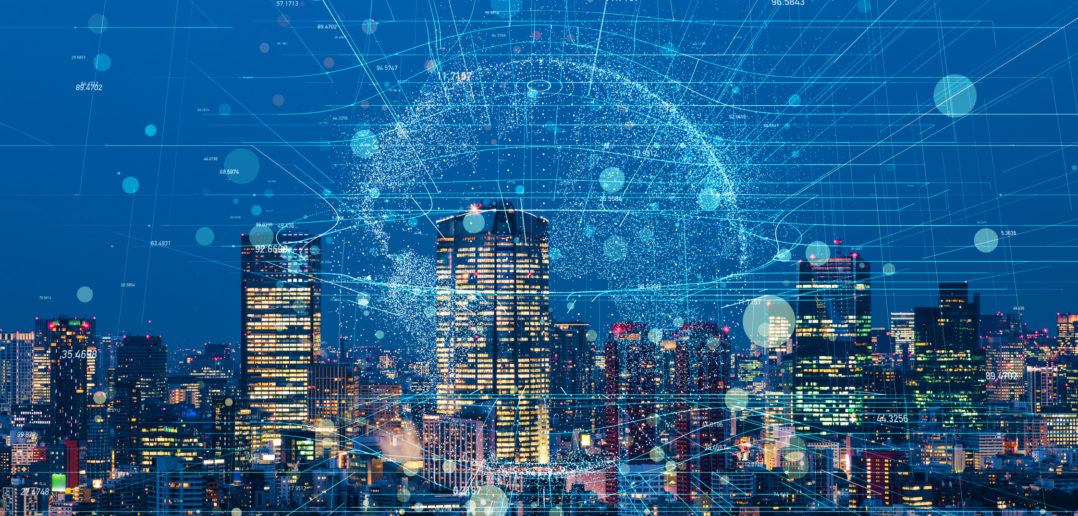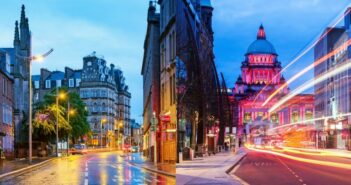Science fiction fantasies are coming to life daily in the advancement of smart cities. How are these future urban areas going to transform human existence as we know it?
1. Adaptive traffic control systems and traffic.
Adaptive traffic control systems (ATCS) technology can significantly change the way traffic flows in urban areas, especially in big ones such as London, Berlin, Tokyo, or New York City. With ATCS, traffic light timing literally changes in response to real-time traffic patterns, rather than just remaining the same through a pre-set, independent algorithm. When experiments with ATCS were carried out in the city of Sioux Falls, South Dakota (pop. ~ 200,000), the city’s traffic engineers found that not only were traffic flows much more efficient (thus much less frustrating to drivers) within less than two weeks, but even more importantly there was a 21% decrease in traffic accidents during the time of ATCS implementation.
2. Digitisation of states.
Municipal, and ultimately regional and nation-state, governments can become vastly more efficient, at least financially, through digitisation. Research published by McKinsey just over a year ago estimated that by looking to real-world examples of how public sectors spanning the globe have restricted spending without compromising quality of service, world governments could be saving $3.5 trillion (USD) by 2021. The demand for this is there in spades. The report states, “McKinsey research in the United States found that citizens’ satisfaction with key state services, such as public transportation, schools, and health-care facilities, was less than half that with most non-state providers, such as banks or utilities.”
3. Technology and quality of life in urban areas.
Speaking of McKinsey and municipal governance, the global consulting firm’s report found that present-day applications of technology could improve certain quality-of-life indicators within urban areas by anywhere from 10 to 30 percent. In three sample cities with varying legacy infrastructure systems and baseline starting points, today’s smart city applications were found to be able to reduce fatalities by eight to 10 percent, accelerate emergency response times by 20 to 35 percent, shave 15 to 20 percent of time off the average commute, and lower the disease burden on city medical care providers by eight to 15 percent. However, municipal and regional governments are going to have to better understand how to upgrade or adapt urban infrastructure to make these qualities a widespread reality.
4. Three layers of smart cities.
To reference that McKinsey report yet again, it found that “smart” cities of the future will have their total quality of life for residents and visitors elevated by three layers of factors. First, the tech base shall include connected networks of devices and sensors (known now as “the Internet of Things”). Second, there will be in place smart applications and data-analysis capabilities. Finally, those first two layers lead to urban people adapting to them and changing their behavior in beneficial ways (in theory, anyway).
5. Drones in the city
The drones are coming. And they’re not just for entertainment (nor are they just for waging war). Some research suggests that over the next 20 years cities around the planet will invest a total of $41 trillion (USD) to apply drone technology. Uses for drones within cities include: traffic management; crowd management; natural disaster monitoring and control; smart transportation; ocean mapping (85% of our planet’s oceanic areas remain unmapped and unexplored); and, air and climate quality management.
Top photo © metamorworks/GettyImages



